Service hotline
+86 0755-23615795
Release date:2025-06-19Author source:KinghelmViews:1722
Power supply connection cables come in various types. Below are the common classifications based on different application scenarios and interface types:
1) Classification by application scenario
Internal connection cables for electronic devices
Motherboard power cables: These cables are used to power the computer motherboard, typically available in 24-pin and 20-pin configurations, providing stable power for various chips, interfaces, etc., on the motherboard.
Hard drive power cables: Common types include SATA power cables and IDE power cables, which supply power to the motor and head control parts of the hard drive to ensure proper operation.
Graphics card power cables: These cables, such as 6-pin and 8-pin connectors, are specifically designed to power graphics cards, meeting the high-power demands of the card.
External connection cables for electronic devices
Mobile phone charging cables: Common types include USB-A to Lightning, USB-C to Lightning, and USB-C to USB-C cables, used for connecting mobile phones to chargers or computers for charging and data transfer.
Laptop power adapter cables: One end connects to the power adapter, while the other end connects to the laptop, transmitting DC power from the adapter to the laptop for power supply and charging.
Household appliance power cables: Such as power cables for refrigerators, televisions, washing machines, etc. These are generally three-core or two-core cables that bring mains electricity to the appliance, providing power support.
2) Classification by interface type
USB interface power cables
USB-A interface: This is the most common USB interface type, widely used in computers, chargers, external hard drives, etc., for both data and power transmission.
USB-C interface: With a smaller size, higher power transmission capability, and better compatibility, USB-C is commonly used in smartphones, tablets, laptops, and other next-generation electronic devices.
Micro USB interface: Once the mainstream interface for mobile devices, this smaller connector was commonly used for mid-range phones, MP3 players, etc.
DC interface power cables
5.5mm×2.1mm DC interface: A very common DC power interface, frequently used in devices like routers, small switches, surveillance cameras, etc.
3.5mm×1.35mm DC interface: Relatively smaller in size, suitable for devices that require space efficiency, such as portable speakers, small charging devices, etc.
3) Classification by cable material
Copper core power cables
Pure copper power cables: These offer excellent conductivity and low resistance, effectively reducing power loss during transmission, which enhances the power transmission efficiency. They are commonly used in devices with higher power transmission requirements.
Copper-clad aluminum power cables: These cables have an aluminum core wrapped in a copper layer. While maintaining a certain level of conductivity, they reduce costs and are suitable for applications that are cost-sensitive and don't require high power transmission.
Aluminum core power cables: Aluminum is lighter and less dense, making it cost-effective. However, its conductivity is poorer than copper. These cables are typically used in lower-power devices or in scenarios with strict cost requirements, especially for short-distance transmissions.

About Kinghelm
Kinghelm is a leading provider of high-quality electronic components,including RoHS-compliant antennas, wires, plug-ins, switches, and connectors. With over 17 years of experience, the company serves industries including automotive, telecommunications, industrial automation, medical devices, and consumer electronics. Kinghelm is known for its durable, reliable components that meet international standards and are used in applications ranging from renewable energy to IoT devices.
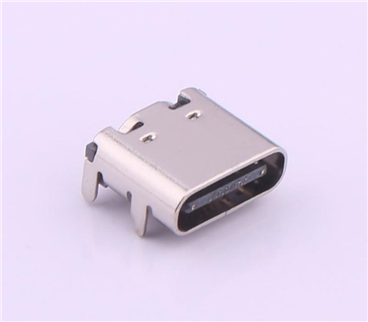

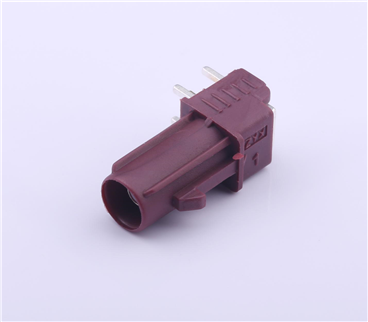
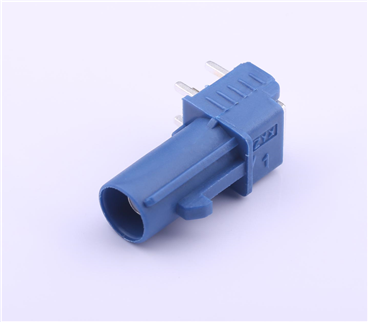
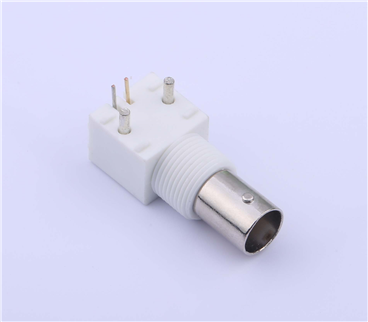
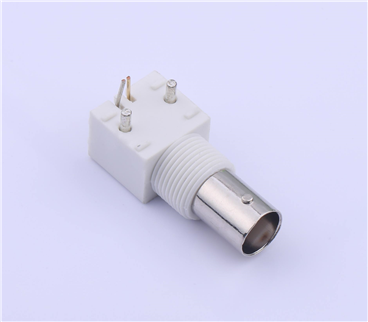
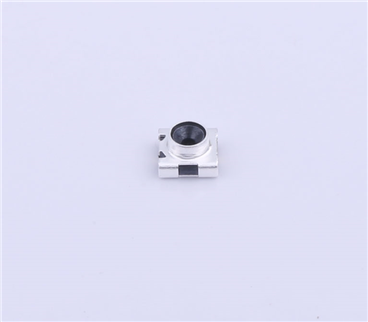
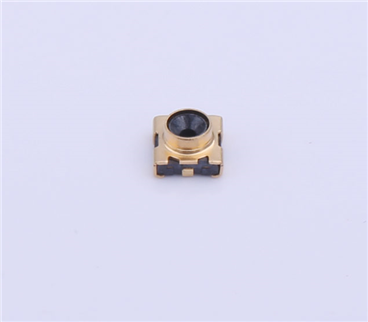
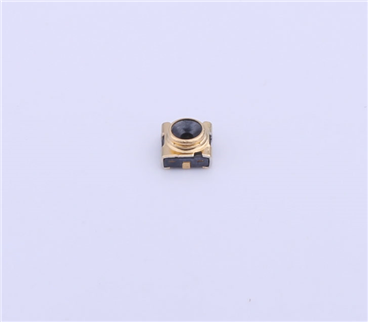
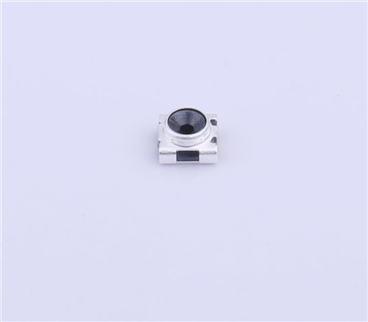
Copyright © Shenzhen Kinghelm Electronics Co., Ltd. all rights reservedYue ICP Bei No. 17113853